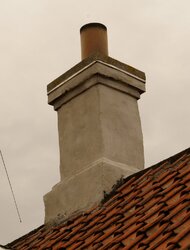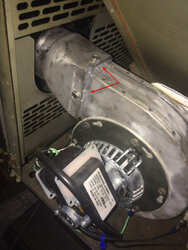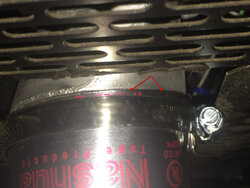My Whitfield Profile 30 is giving off a very prominent smoke smell while it's running. The pipe is brand new 3" duravent piping that I installed and I've hit every joint and seam of the pipe with high temp RTV. Initially I found leaks all over the pipe using the flashlight method, but at this point there is not one bit of visible smoke on startup or running at all. The stove is in my basement and after about 15 minutes of running I can stand at the top of the stairs and smell exhaust, I have 2 CO/fire detectors in my 900 sq.ft basement that have not gone off, but the smell is strong enough that my wife screams at me to shut the stove off. I've done the door gasket test with a dollar bill, I've spent the past five nights laying on my back with a flashlight during startup and while running to check for smoke, I've siliconed the entire pipe at every joint, I've removed the combustion fan and checked for a blockage, I've removed the firebrick and all trap doors and vacuumed the every bit of ash from the stove, I checked the glassdoor gasket and ash pan (mine has no rope gasket, which I believe is normal for this model), I've secured the appliance adapter to the back of the stove with RTV on the inside and out and secured it with an automotive hose clamp... I feel like I've done everything. I don't smell exhaust from the blower tubes or in front of the stove, I smell smoke at the rear base of the stove and up in the rafters if I stand on a chair, the smell travels to the room directly above the stove while we sleep. I CAN'T SEE SMOKE! I'm an automotive technician so I was going to plug the exhaust and use my Evaporative Smoke machine to smoke the entire pipe/stove. I'm running out of ideas as to what could be causing the smell and i'm definitely running out diagnostic procedures... need help.
Also, I've sealed the wall thimble completely and checked for smoke where the pipe exits...nothing!
Thanks, Dan
Also, I've sealed the wall thimble completely and checked for smoke where the pipe exits...nothing!
Thanks, Dan







 Going to do all this on Friday night. Everyone else, I appreciate your feedback and will get back to you with the results. Thanks again! Dan
Going to do all this on Friday night. Everyone else, I appreciate your feedback and will get back to you with the results. Thanks again! Dan